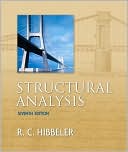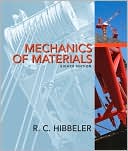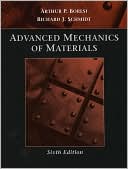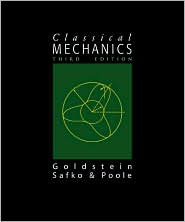Deformable Bodies and Their Material Behavior
ESSENTIAL TOOLS FOR AVOIDING MATERIAL FUNCTIONAL FAILURE \ Offering comprehensive, organized, and detailed coverage, Henry Haslach and Ronald Armstrong???s Deformable Bodies and Their Material Behavior present a quantitative description of the mechanical behavior of a broad range of deformable bodies under widely differing conditions and at a level sufficient to match real behavior, and introduces the key tools needed to avoid material functional failure.\ Covering stress and deformation...
Search in google:
ESSENTIAL TOOLS FOR AVOIDING MATERIAL FUNCTIONAL FAILURE Offering comprehensive, organized, and detailed coverage, Henry Haslach and Ronald Armstrong’s Deformable Bodies and Their Material Behavior present a quantitative description of the mechanical behavior of a broad range of deformable bodies under widely differing conditions and at a level sufficient to match real behavior, and introduces the key tools needed to avoid material functional failure. Covering stress and deformation analysis, material failure modes, and mechanical rest evaluations of material properties, this text provides the tools, insights, and knowledge needed to build a strong foundation for the design of mechanical devices. HIGHLIGHTSConsiders most types of materials: metals, ceramics, fibered composites, concrete biological tissue, rubber, polymers, and wood.Focuses on the relationships between material properties of a deformable body and the forces and displacements applied to its boundary.Helps develop an appreciation for the approximations made in producing the mathematical models intended to predict mechanical response.Provides historical background on the definitions and models that designers commonly use, describing the practical reasons why these tools were invented.
IntroductionCh. 1The Stress Tensor1Ch. 2Strain31Ch. 3Stress-Strain Relations49Ch. 4Linear Elasticity122Ch. 5Applications of Linear Elasticity and Its Approximations173Ch. 6Thin-Walled Members203Ch. 7Energy Methods227Ch. 8Introduction to the Finite Element Method for Numerical Approximations283Ch. 9Plasticity316Ch. 10Fracture383Ch. 11Fatigue428Ch. 12Creep457Ch. 13Static Stability481AppCurvature521Index527








